
Modernism in painting - a different interpretation of reality
Modernism emerged in Western culture in the late 19th century and saw its development in the early 20th century. This period has entered the history of art and, in particular, painting, as an extremely fertile and rich with new discoveries, even though it was associated with decline in the minds of contemporaries. Modernism evolved as a rejection of classical heritage and greatly expanded and enriched the artistic language of painting.
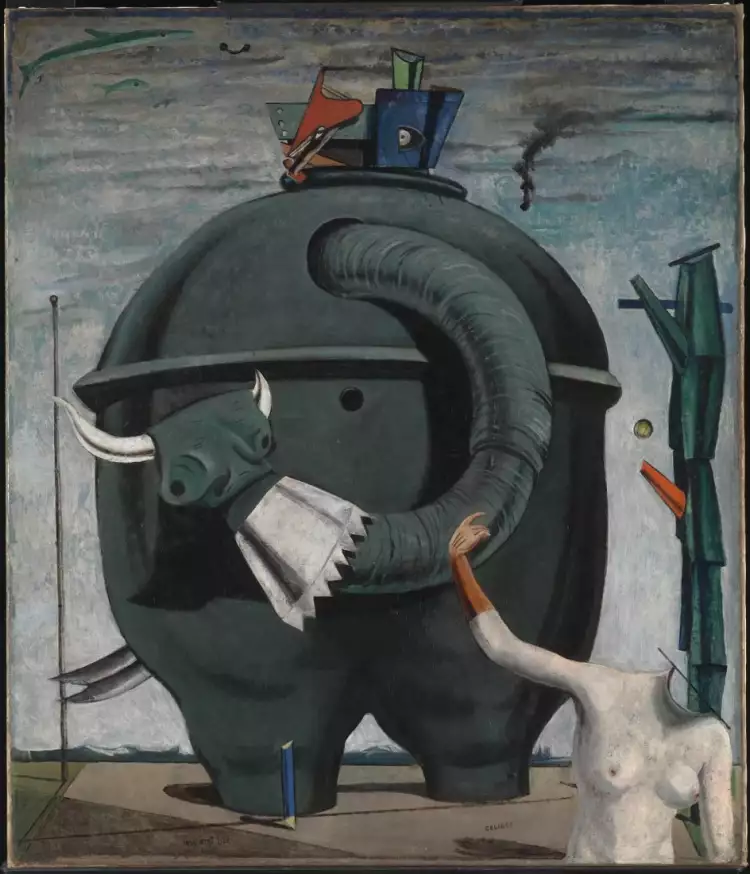 Modernism. Max Ernst. The Elephant Celebes, 1921
Modernism. Max Ernst. The Elephant Celebes, 1921
Modernism directly reflected the social processes taking place in society. The pace of life accelerated, old ideals rapidly became obsolete, and new ones were only being formed. Artists were haunted by a sense of emptiness and anxiety, and they sought salvation in the destruction of existing norms and traditions imposed by classical forms of art.
What is modernism, its characteristics, and style features
Modernism is characterized by a rejection of realism in favor of sensual perception and the expression of the artist's inner world. Absolute artistic freedom was proclaimed, which should not be confined within the boundaries of the real world. Experimentation replaced the established methods of centuries.
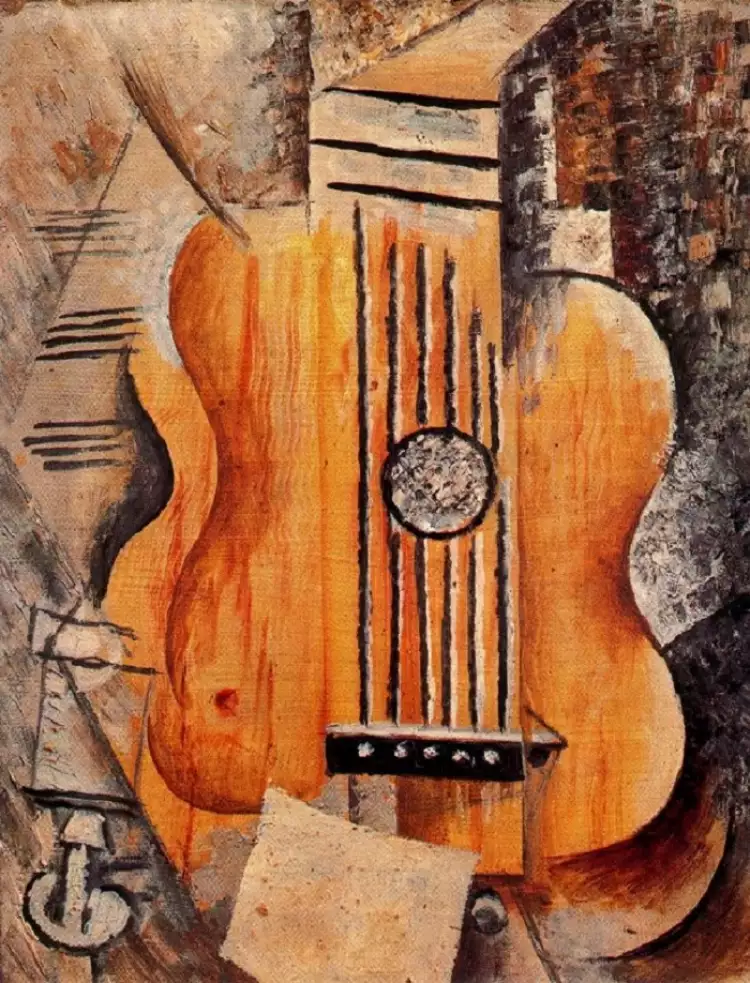 Modernism. Pablo Picasso. Guitar, 1912
Modernism. Pablo Picasso. Guitar, 1912
Self-expression was considered the most valuable aspect, becoming the philosophy of modernism. Advocates of new movements believed that the art of the past, with its limitations and rationalism, had led painting into a dead-end, and only completely innovative and sometimes absurd techniques could breathe new life into creativity.
Modernism is a combination of various movements that developed in the first half of the 20th century, including:
- Fauvism.
- Cubism.
- Surrealism.
- Futurism.
- Abstractionism.
- Expressionism.
The common feature of modernist painting was the artists' novel presentation of familiar images, expressed through unconventional forms, linear composition, intricate rhythm, and unexpected color combinations.
Movements in Modernism, Famous Modernist Artists
Art historians debate the exact time of the style's inception. A series of events that can be considered a starting point for the development of modernism includes the Salon des Refusés, which operated in Paris from 1863. It featured works rejected by the official salon's jury. The public attended the exhibition to laugh at the unusual paintings by artists. In particular, Édouard Manet's work "Luncheon on the Grass" faced harsh criticism.
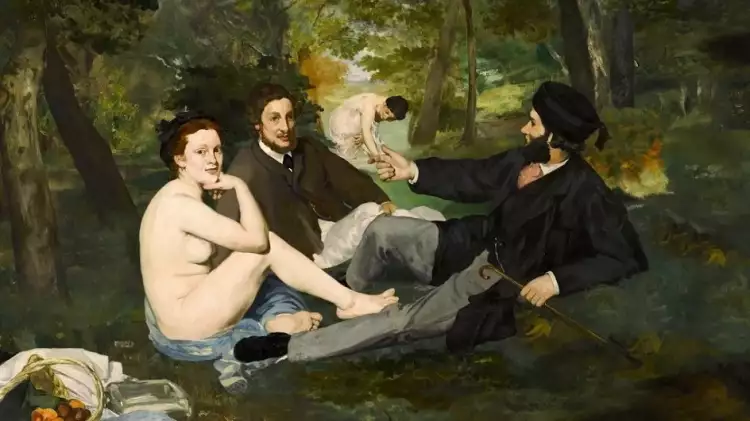 Modernism. Édouard Manet. The Luncheon on the Grass, 1863
Modernism. Édouard Manet. The Luncheon on the Grass, 1863
The first movement in early 20th-century modern art was Fauvism. The term was first used by French critics to describe the work of a group of young artists, including:
- Henri Matisse.
- Albert Marquet.
- Georges Rouault.
These painters did not advocate a specific aesthetic program, but they formally opposed the methods and techniques of the Impressionists, which was expressed in the primitiveness of forms, sharp compositional decisions, a tendency towards bright colors, and a disregard for linear perspective.
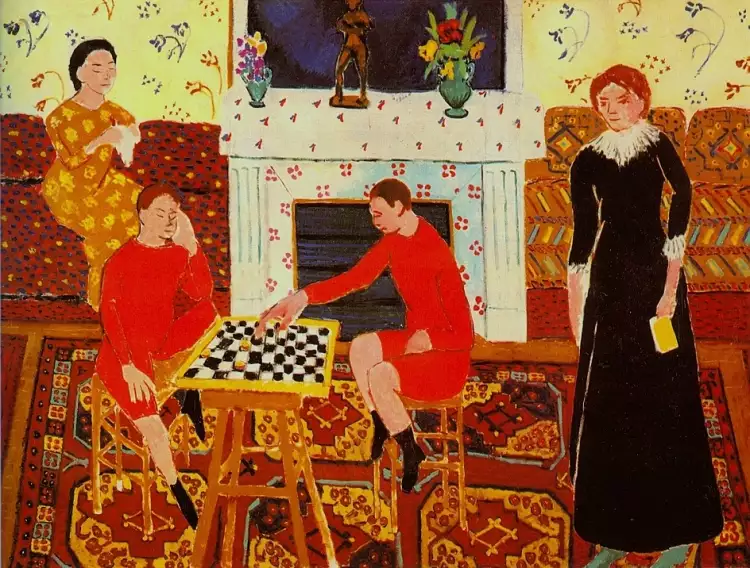 Modernism. Henri Matisse. Portrait de la famille du peintre, 1911
Modernism. Henri Matisse. Portrait de la famille du peintre, 1911
Cubism emerged slightly later than Fauvism, with Georges Braque and Pablo Picasso as its founders. The artists based their work on Cézanne's postulate that geometric forms underlie every object, and they developed it in their own creativity. Cubist paintings represent a fantastic reality created by the artist's imagination. Objects are presented as combinations of individual parts, and planes are shifted. The main criterion for evaluating works for Cubists was the geometric perfection of the image.
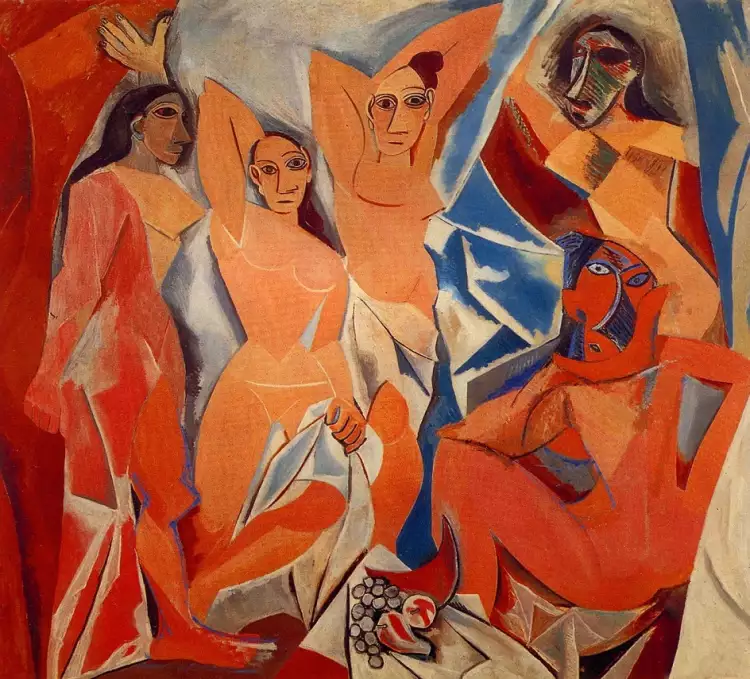 Modernism. Pablo Picasso. The Ladies of Avignon, 1907
Modernism. Pablo Picasso. The Ladies of Avignon, 1907
The first works of the Futurists appeared in 1909. The artists juxtaposed technology and humanity and aimed to convey the overflowing consciousness of their contemporaries through their works. The main character of their works was time, and they conveyed its rapid rhythm through the fragmentation of visual images, chaotic rhythm, and repeated movements of bodies and objects. Many prominent Italian artists joined Futurism, including:
- Giacomo Balla.
- Luigi Russolo.
- Umberto Boccioni.
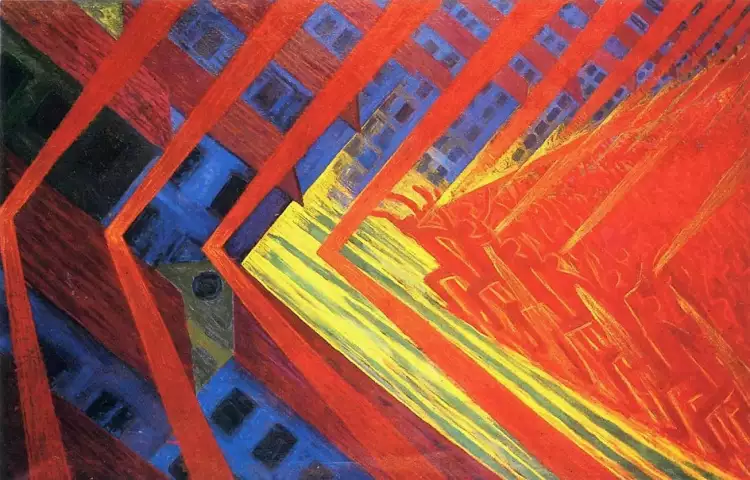 Modernism. Luigi Russolo. The Revolt, 1911
Modernism. Luigi Russolo. The Revolt, 1911
Surrealism proclaimed the unconscious as its chief in art and aimed to awaken the associative thinking of viewers. This movement originated in France in the 1920s and developed in two directions. Some painters created masterpieces with abstract images and arbitrary forms, such as the works of André Masson, Max Ernst, and Joan Miró.
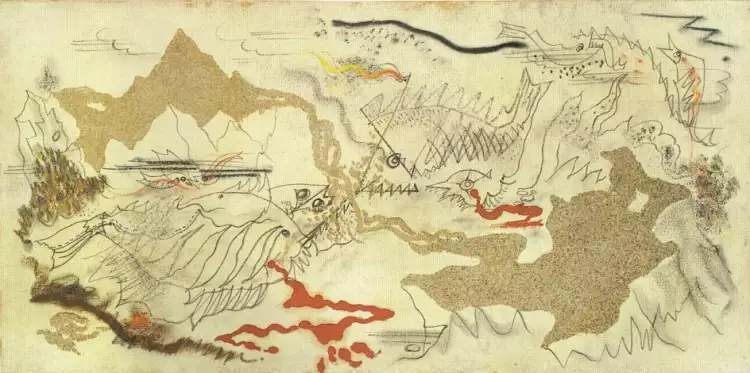 Modernism. Andre Masson. The battle of the fishes, 1926
Modernism. Andre Masson. The battle of the fishes, 1926
Another group of surrealists, led by Salvador Dali, focused on the meticulous reproduction of images arising from the subconscious. The works of these masters are characterized by precision in depiction, meticulous detailing of details, and a well-thought-out perspective, typical of academic painting. Dali's leitmotif became the fantasy of the absurd, with paradoxical combinations of forms and visual instability of objects.
Abstractionism developed after 1910. Guillaume Apollinaire called it "an art that no longer has any external subject, but only an internal one." The founder of this movement was Wassily Kandinsky, whose works in this period completely lost their connection to the real world but were incredibly meaningful, emotional, and imbued with the dynamics of real life.
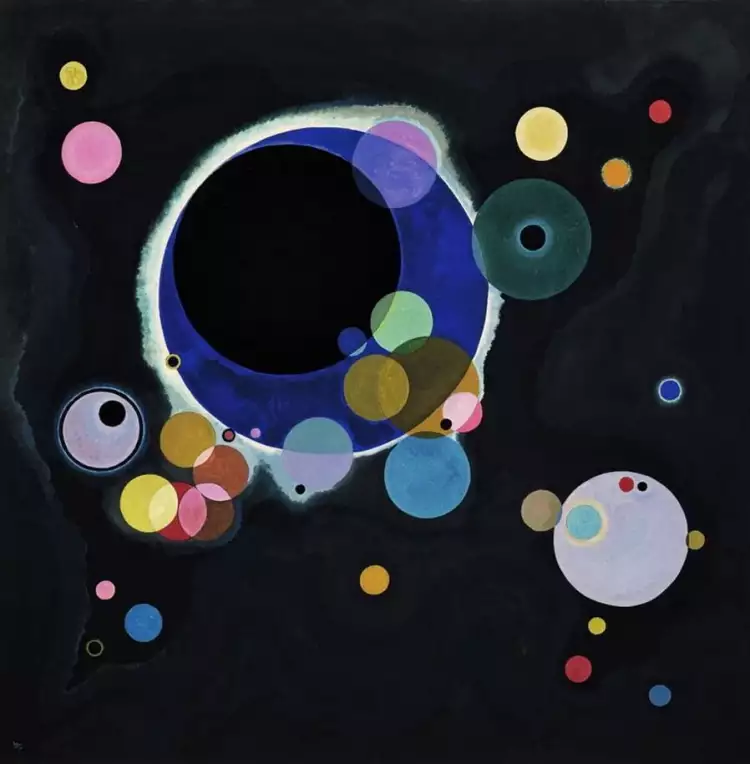 Modernism. Wassily Kandinsky. A few laps, 1926
Modernism. Wassily Kandinsky. A few laps, 1926
A prominent representative of the rational direction of non-objective painting was Kazimir Malevich, who sought to create a world of cold harmony embodied in geometric forms in his compositions. His work "Black Square" became the purest formula of pictorial abstraction, where the artist managed to convey the very essence of space, devoid of scale and extension.
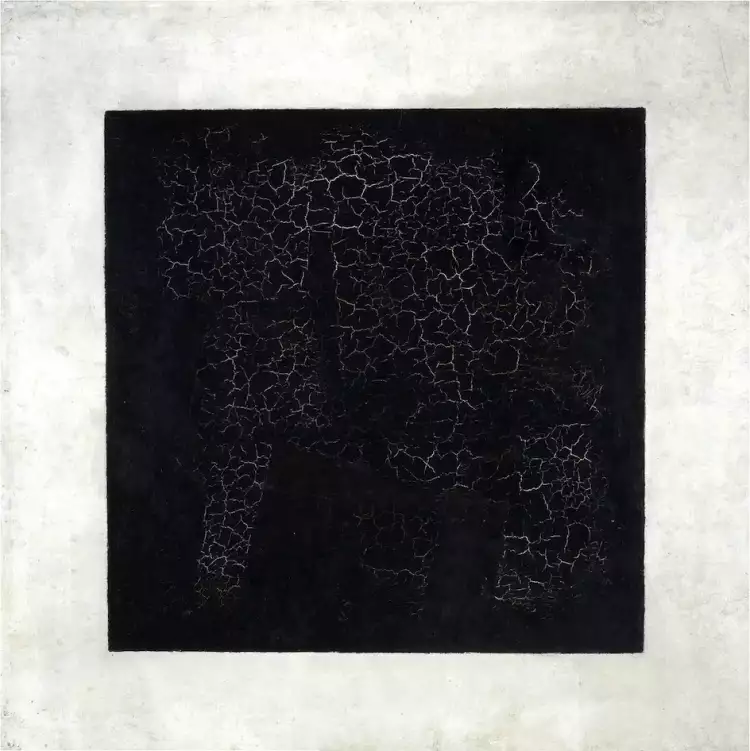 Modernism. Kazimir Malevich. Black Square, 1915
Modernism. Kazimir Malevich. Black Square, 1915
The movement of expressionists was initiated by German artists in the first quarter of the 20th century. The first representatives of this movement - Ernst Ludwig Kirchner, Erich Heckel, Otto Mueller - were part of the "Die Brücke" group, founded in 1905 in Dresden. The goal of the painters was to find a common ground that united the spiritual and social life. The emotional state of the artists found its reflection in improvisation and the distortion of real proportions. The primary means of conveying space in the paintings of expressionists was color.
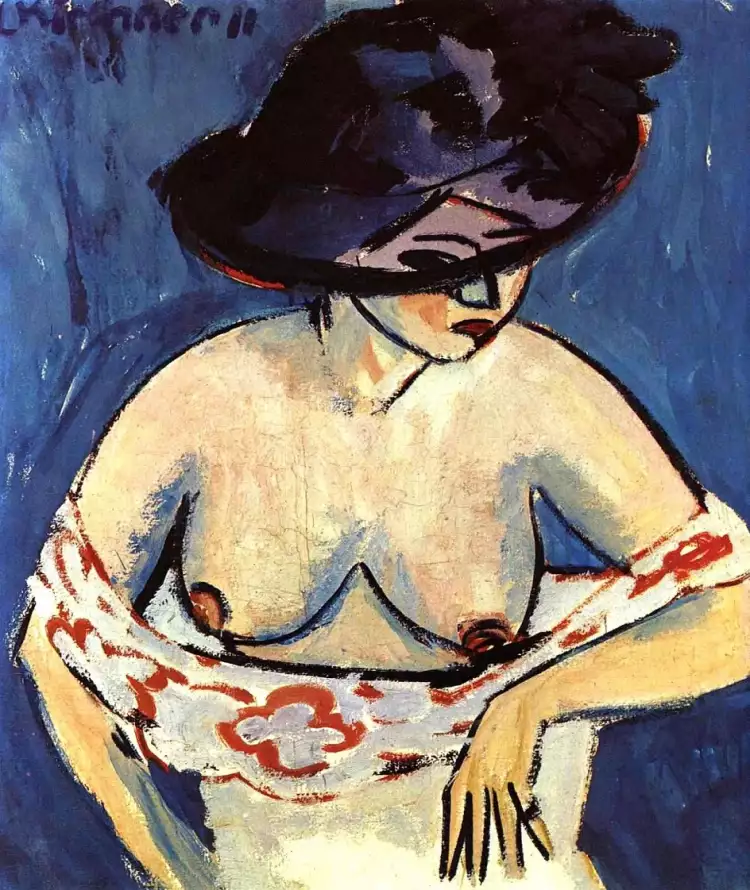 Modernism. Ernst Ludwig Kirchner. Female Half-Length Nude with Hat, 1911
Modernism. Ernst Ludwig Kirchner. Female Half-Length Nude with Hat, 1911
The escalating military conflicts in Europe at the end of the 1930s slowed down the development of modernist art and disrupted the connections between national schools of painting. Many artistic endeavors of the first half of the twentieth century came to a halt just as they were beginning. Modernism had a tremendous influence on the evolution of art, and the works of the masters of that era continue to evoke genuine admiration from contemporary viewers.
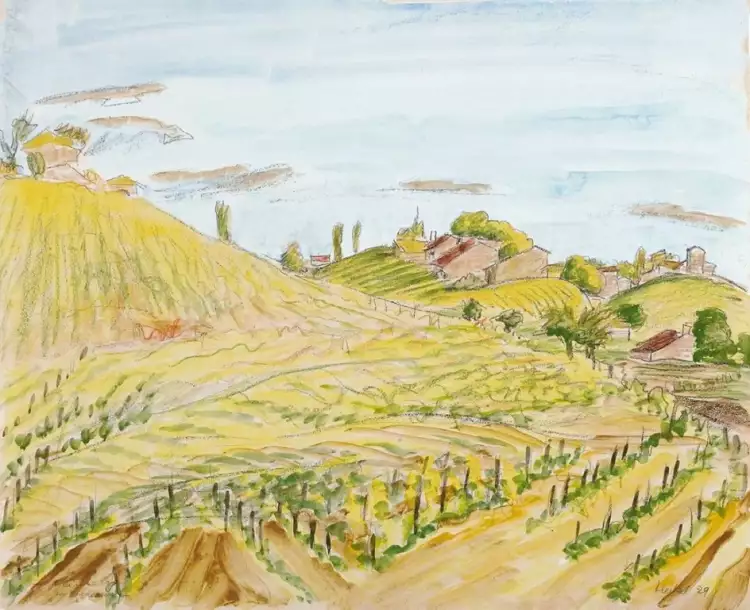 Modernism. Erich Heckel. Vineyards near Bordeaux, 1929
Modernism. Erich Heckel. Vineyards near Bordeaux, 1929
The prices of works by the founders of Fauvism, Expressionism, and Futurism at international painting auctions are soaring to astronomical sums. In the Very Important Lot catalog, you will find both antique works and paintings by contemporary modernist artists.
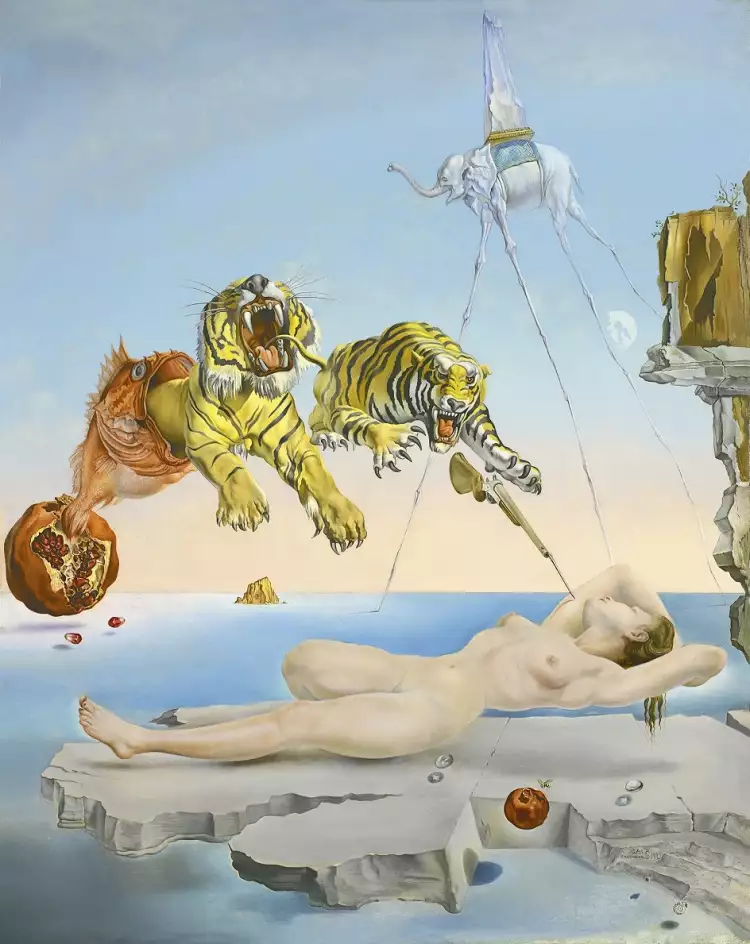
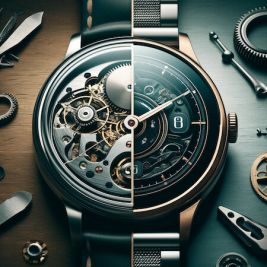 Navigating the Currents: The Tension Between Vintage and Modern Watches
Navigating the Currents: The Tension Between Vintage and Modern Watches  Romanticism style in interior design is characterized by classical elegance, softened with colors and lace
Romanticism style in interior design is characterized by classical elegance, softened with colors and lace  The Rising Trend of Collecting Regional Books in the Antiques Market
The Rising Trend of Collecting Regional Books in the Antiques Market 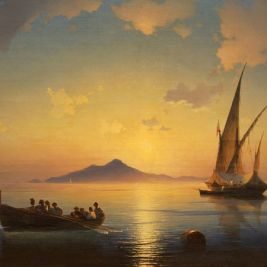 The painting "Bay of Naples" by Ivan Konstantinovich Aivazovsky is an invitation to immerse yourself in the serene beauty of a southern evening
The painting "Bay of Naples" by Ivan Konstantinovich Aivazovsky is an invitation to immerse yourself in the serene beauty of a southern evening 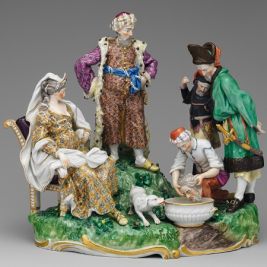 Frankenthal Porcelain: a rarity worthy of museum collections
Frankenthal Porcelain: a rarity worthy of museum collections 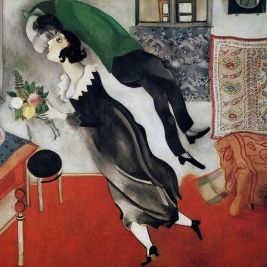 The painting "The birthday" by Marc Chagall is an ode to love capable of soaring above the everyday
The painting "The birthday" by Marc Chagall is an ode to love capable of soaring above the everyday 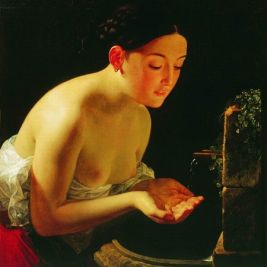 Reproduction is an accurate copy of a work of art: its essence, distinctive features, and merits
Reproduction is an accurate copy of a work of art: its essence, distinctive features, and merits  Bas-relief - a type of sculpture with an ancient and rich history
Bas-relief - a type of sculpture with an ancient and rich history 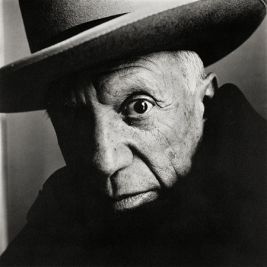 The top 10 most famous photographers in the world - the best photo artists of all time
The top 10 most famous photographers in the world - the best photo artists of all time  Acrylic is a painting technique and a type of artistic paint: essence, history, advantages, application
Acrylic is a painting technique and a type of artistic paint: essence, history, advantages, application